Do you need to spend $6K on a coffee maker? Faemina espresso machine review
I've tested the Faemina espresso machine to find out whether the coffee is really worth it

Faema have been making commercial coffee machines for eighty years and it shows. This machine is an understated, premium product. However, for over nine times the price of our favorite coffee makers, it's not worth the money.
-
+
Looks stunning
-
+
Feels premium
-
+
Makes incredible espressos
-
+
Relatively intuitive
-
+
Easy to clean
-
-
Requires some barista skills
You can trust Homes & Gardens.

Terri Williams
Faema has been supplying professional coffee makers for generations – there's probably a Faema machine at your favorite coffee place. While these coffee makers usually aren't for amateurs, they’ve just launched the Faemina. This eye-wateringly expensive domestic coffee maker comes in at $6500, and as a former barista, I simply had to compare it to more budget-friendly options.
The best espresso machines can make a macchiato, frappe, or ristretto at the push of a button. They can add a range of froths and foams automatically without any fuss. The Faema, for nine times the price, will make espresso and hot water. That’s it.
For that price, you might have expected a little more. As a barista, I appreciate a hands-on coffee machine, but it’s a lot of effort for a domestic user. You can bring truly delicious, barista-quality coffee into your home, but you’ll have to change the way you drink it first.
Head to head

A fair comparison to make with the Faemina is with the De'Longhi La Specialista Maestro. This isn't marketed at experts in the same way that the Faemina is, but it offers some seriously luxurious options.

- Model Number: COM530M
- Dimensions: 18.5” W x 16.5” L x 14” H
- Weight: 35.2 pounds
- Pump Pressure: 20-Bar Pump Pressure
- Bean hopper capacity: 8.8 oz
- Water tank capacity: 67.6 fl oz
- Built-in grinder: Yes
- Descale alert: Yes
- Warranty: 3 years
Pros
- Makes coffee, espresso, cappuccino, and latte beverages
- Warming plate
- Programmable 24/hour digital timer
- Removable drip tray
- Built-in Frother
- Brew pause
- Can also use pods
- Auto shutoff
- Descaling solution included
- Charcoal water filter included
Cons
- Gold Tone filter hard to clean (I recommend using a paper filter)
- Espresso side is rather loud
- Does not have a built-in grinder
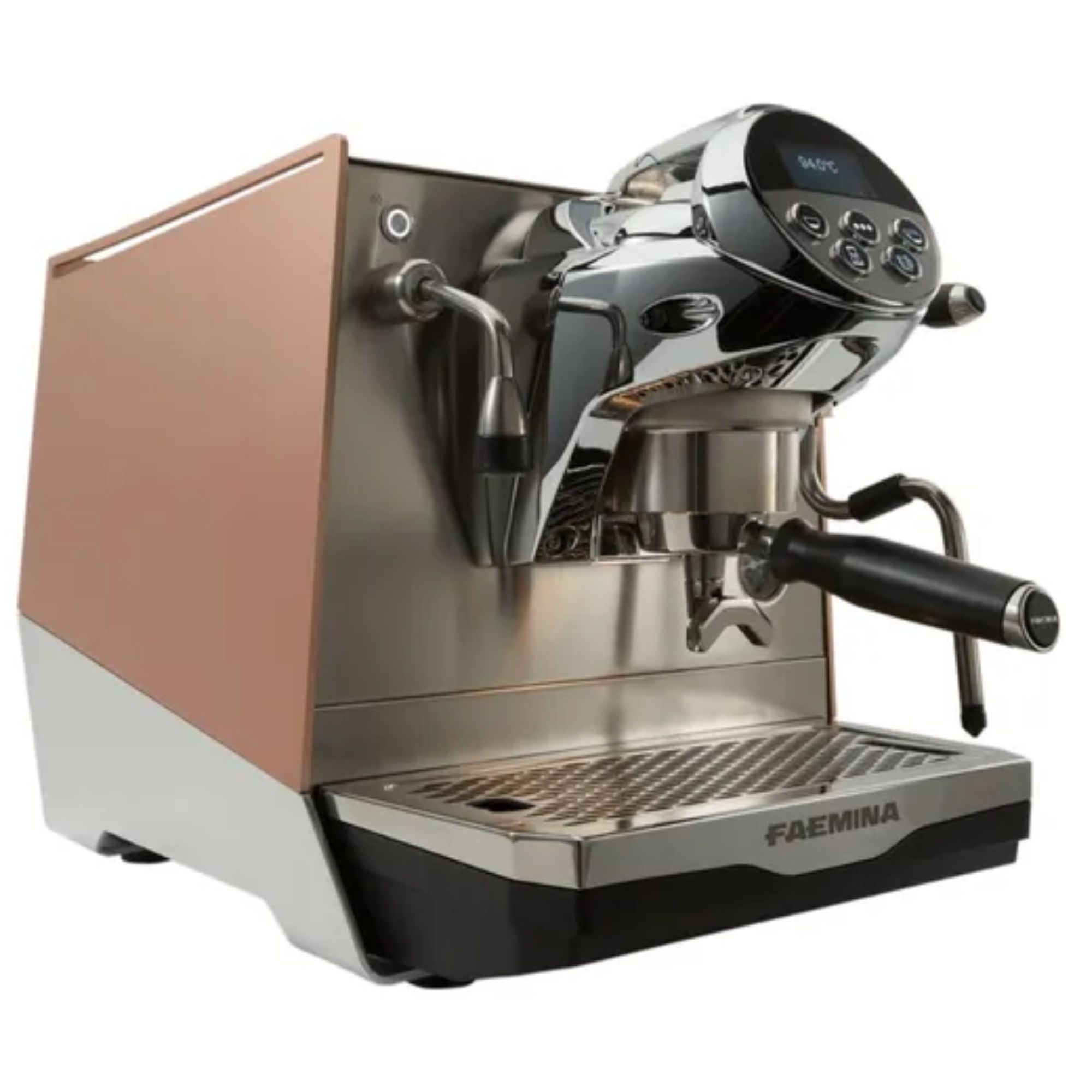
- Model Number: UU132Z1UZ99KA
- Dimensions: 14.08” x 20” x 16”
- Weight: 77.6 pounds
- Pump Pressure: 16-Bar Pump Pressure
- Programmable timer: no
- Descale alert: No
- Warranty: 1 year
Pros
- Looks very premium
- Makes incredible espressos
- Can autosteam milk
- Can adjust water temperature
- Adjustable tray
- Be Faema app is easy to use
- Smart capabilities
- Can be used without connection to water
Cons
- Very expensive
- Limited coffee options
- Heavy
The Process
To test the Faemina, I used one of the best coffee grinders to grind some Arabica beans before adding them to the portafilter holder (the basket that you slot into the machine). I then used a coffee tamp, available at Borough Kitchen, to compress the grinds before slotting them into the machine. So far so good – you’ll be familiar with this process if you have a machine like the De’Longhi La Specialista Maestro from our roundup of best coffee makers.
The Faemina switches on quickly. You’d expect this from domestic coffee makers, but it’s very unusual for commercial ones. When I was a barista, it would take 20 minutes for the machine to warm up. I know that some even take up to 45 minutes.
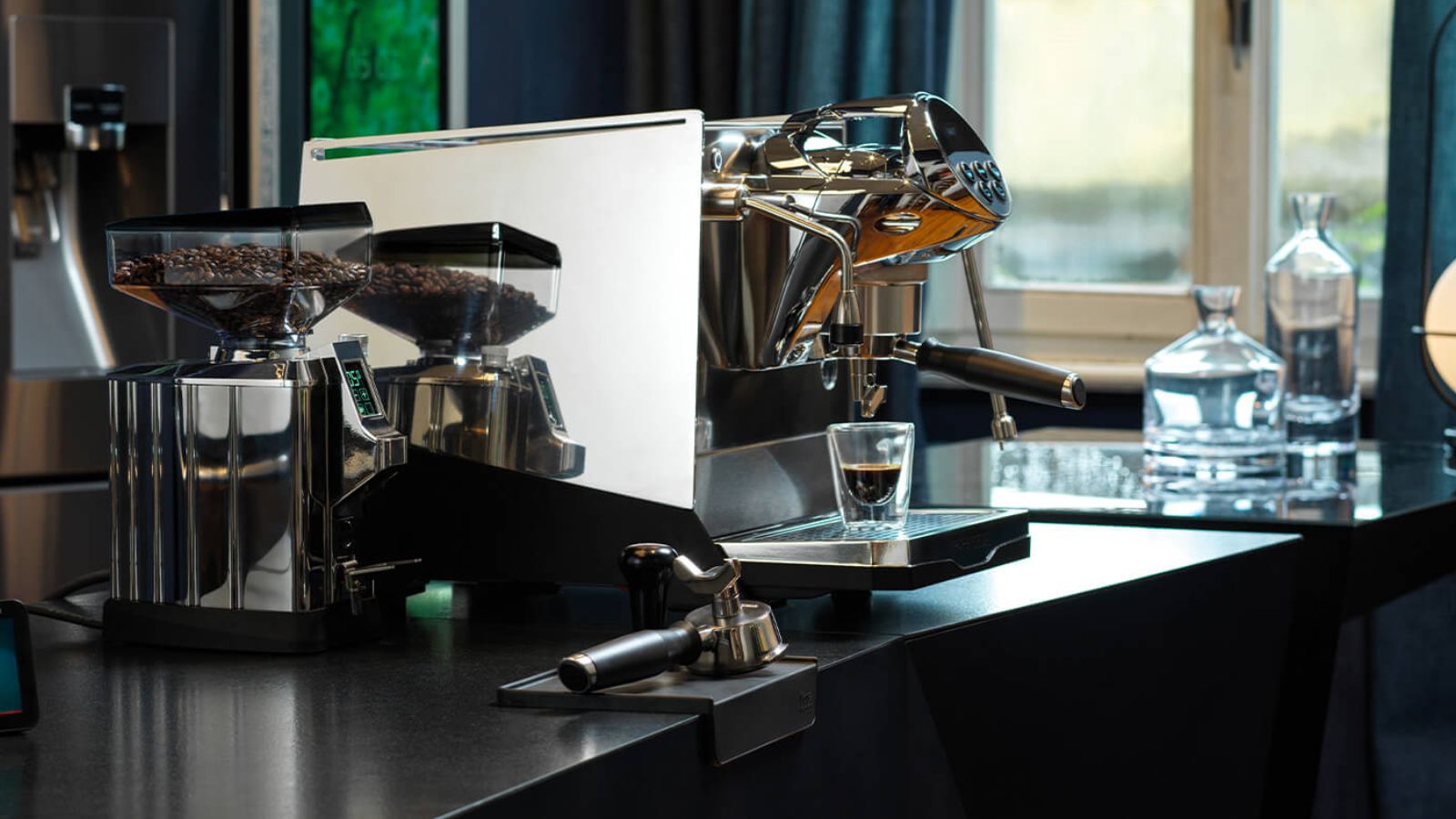
The drip tray can be adjusted with the most seamless movement I’ve ever experienced – no wonder it’s trademarked. Giovanni, one of Faema’s baristas, stressed that this is essential. He said that he wouldn’t trust a machine that didn’t have an adjustable drip tray. If your espresso falls a long way before it reaches the cup, it will break and ruin the crema (the top froth on your coffee). This is the most flavorful and aromatic part of the drink and a useful indicator of quality.
Design expertise in your inbox – from inspiring decorating ideas and beautiful celebrity homes to practical gardening advice and shopping round-ups.
On the machine's right is a steamer for milk and warming up your cups. On the left is a hot water tap with an adjustable temperature. This is really useful if you drink tea too because you can brew green tea, for example, at 160 degrees Fahrenheit without burning it.
The steamer was easy to use but required constant attention so that you don’t over-steam and burn your milk. The nozzle is burn-resistant, so it only begins to feel warm, never scalding hot (unlike many commercial machines which are the source of some nasty burns).
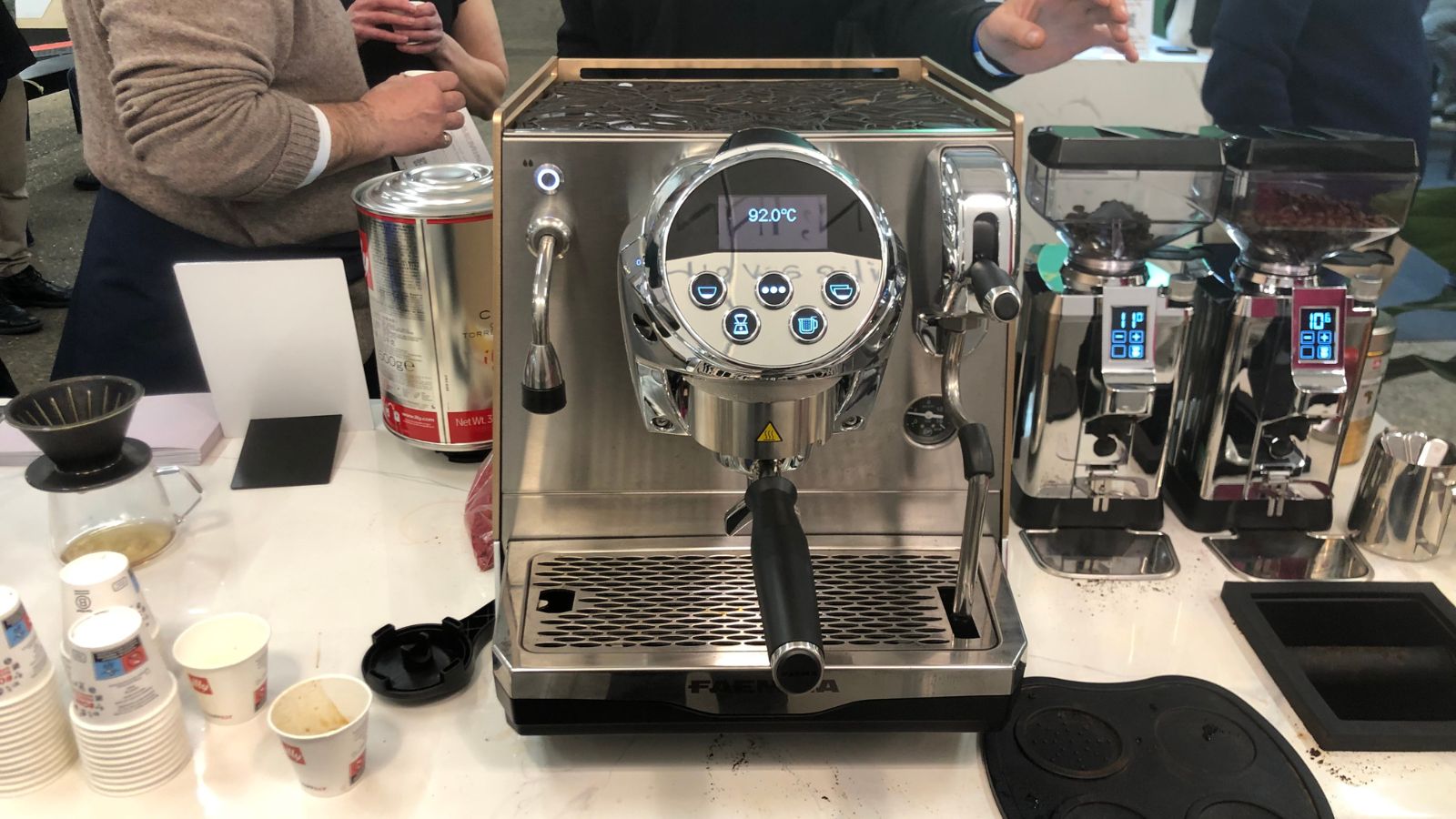
By comparison, the De’Longhi La Specialista Maestro is very straightforward. Whilst it can make some complex, close-to-perfect coffees, De'Longhi has built lots of smart controls into the machine. You get an auto-tamper which monitors the pressure that you put on the grounds. It also has a dial that will automatically brew the kind of coffee that you want to drink.
Like the Faemina, you can adjust the temperature, extraction, and brewing style of your coffee maker on the De'Longhi. Similarly, you'll also have to learn how to use a steam wand to texture milk.
Both machines make beautiful countertop statements. The Faemina does feel more robust and I think it would be a lot easier to repair if anything was to go wrong. For that reason, the Faemina is a more durable option. You'll be able to use it for close-to a lifetime. The experts at Faemina promised me that you join an impressive community when you invest in their coffee makers.
The results
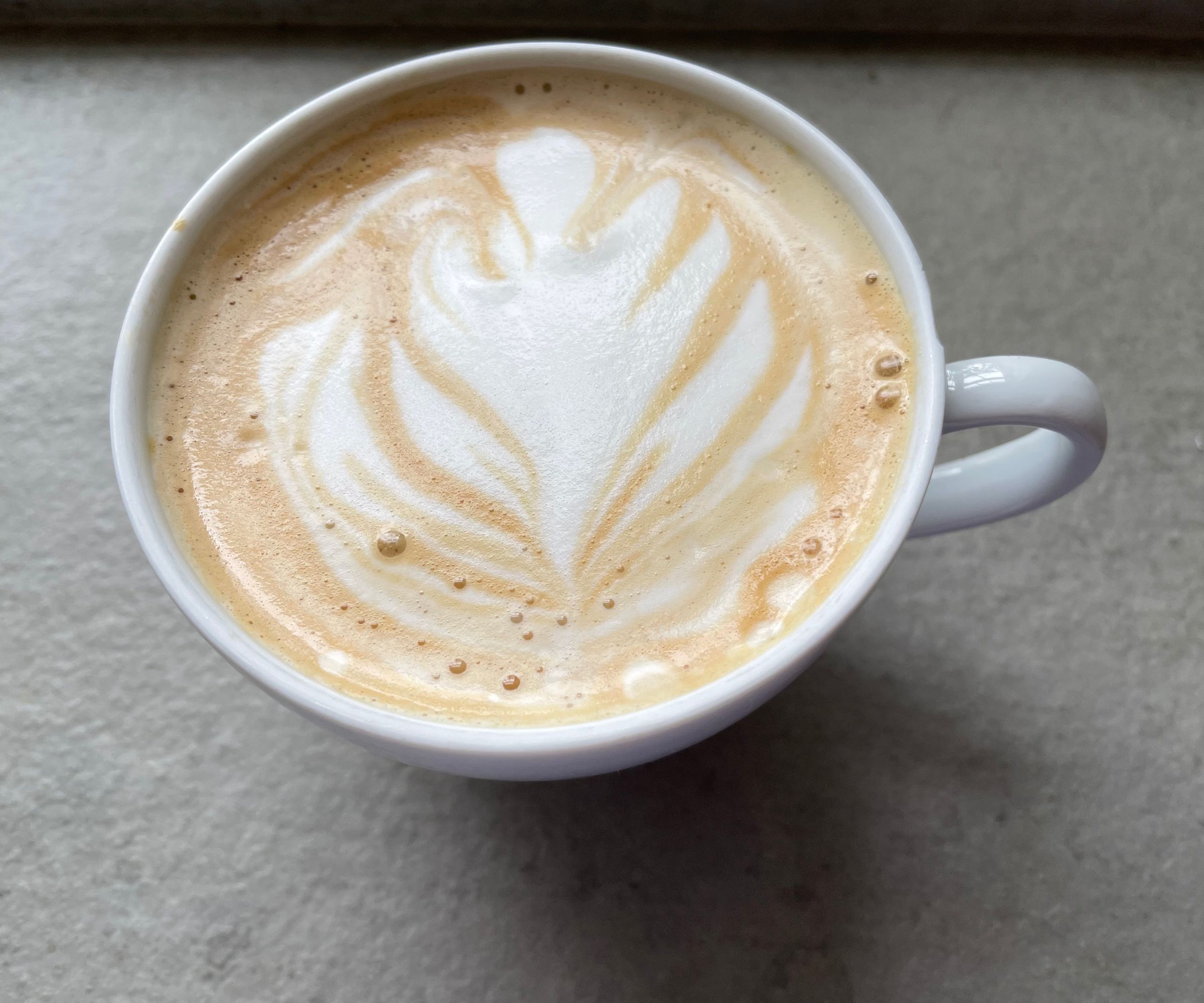
The results are really impressive, but very simple. As an espresso, there were no milk flavors to hide behind and it didn’t need it. The notes were delicate, not overstressed, and perfectly heated. It made far, far better coffee than any you can make in usual domestic machines.
However, I was one barista amongst many using it. The presets on this machine are very basic. You can choose a single or double espresso, filter coffee, or tea setting. I imagine that if you didn’t buy good beans and weren’t comfortable with a portafilter, the results may not have been as good. You’d learn and Faema has lots of apps and community support to help you, but it takes effort.
De'Longhi delivers impressive coffee results. It’s one of our best espresso machines and best drip coffee makers because it can make both coffee and espresso-based beverages. The espressos themselves are really good, they have the perfect crema and are versatile. It’s just a little less of a slick and refined result than the Faema. For thousands of dollar less, it’s a worthy compromise.
The clean-up
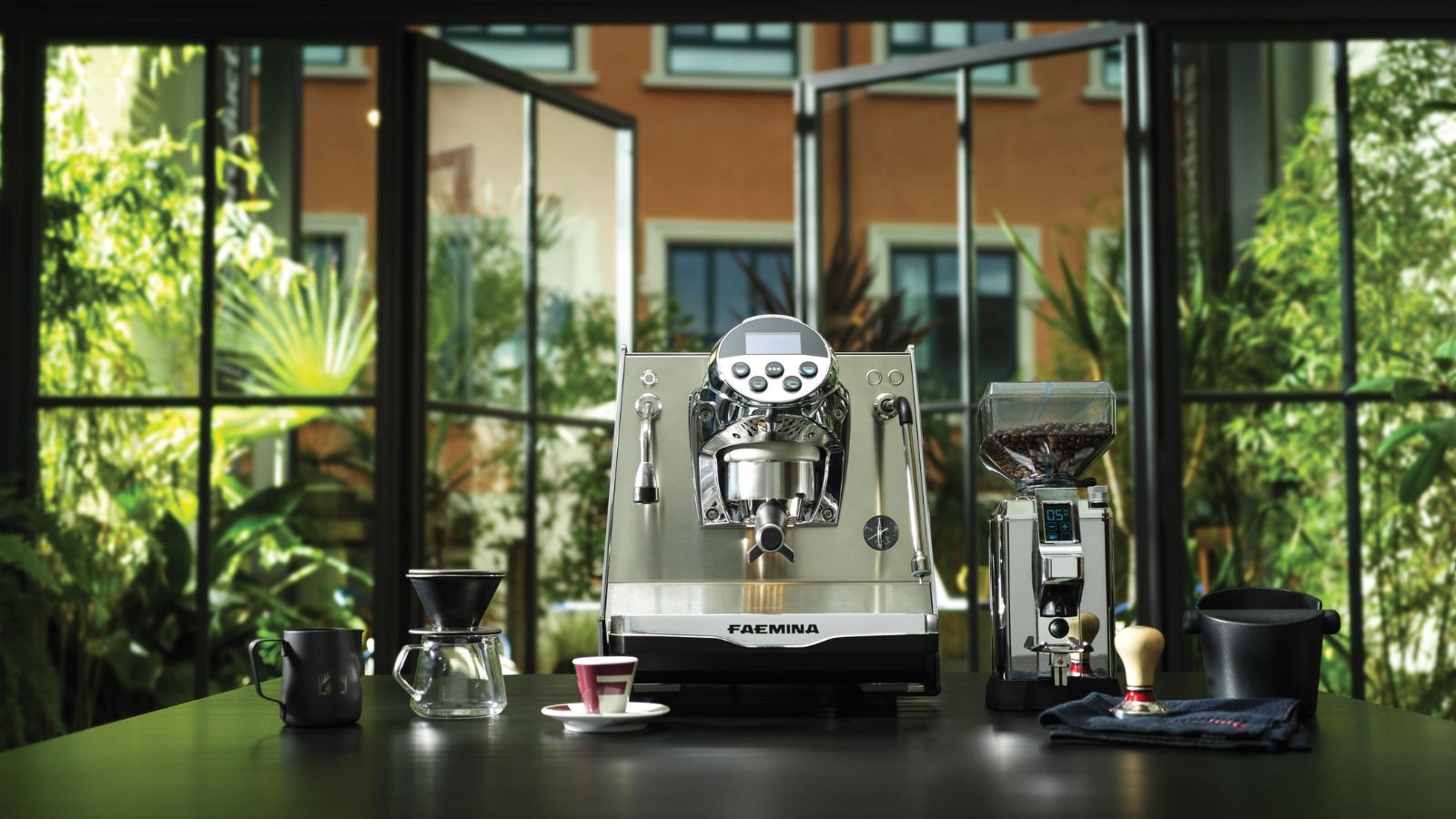
The Faemina looks beautiful, but it’s a machine to keep on your countertops, so you’ll want to keep it clean. This is a more fiddly process compared to a standard, domestic machine, but is easier than commercial appliances. There is a special clean setting that will filter all of the inside. For the rest, the drip tray is removable and can be washed using warm, soapy water. Wipe down the rest of the machine with a microfibre cloth. It’s best to do this in-between uses so that you can stay on top of the stray beans.
The De’Longhi needs similar maintenance. Clean the frother after each use using a microfibre cloth. The drip tray will indicate when it needs to be emptied, but it’s good practice to clean it every week. The whole coffee maker can be cleaned with a damp cloth. It’s mostly the same as the Faemina.
The difference

If you’re used to pressing a button, stepping back, and returning to frothy coffee, this machine will be a shock to you. It’s very hands-on, which might not feel like a luxury, but it’s an artisanal process. You have to really care about coffee to invest in this machine.
I spoke with former Savoy barista Rastislav Rasty Kasár and this is his coffee machine of choice. ‘Simplicity makes sense,’ he told me. Everything starts with the espresso, you choose beans for a specific flavor, and add milk for sweetness and softness. This is great if you love sophisticated espresso.
But these coffees and attitudes are vastly different from the creamy, sweet coffees that most people enjoy. When I asked about making more everyday drinks, Rasty advised me ‘if you want to make something different, mix your espresso with a negroni’. It was only partially a joke.
The Faemina suits a pared-back approach to coffee and that isn’t for everyone. This machine can make an incredible espresso and really impressive filter coffee, but if you want anything with froth or milk, there’s a lot to be desired. It’s hard to froth milk perfectly yourself, especially if you aren’t a barista.
For the price, I’m not sure the range and quality of coffee match up. If you think you could handle the hands-on, pared-back coffee maker, but you’re stuck on the price, the De’Longhi machine costs around $550 and has similar mechanisms. If you like that, you can upgrade to the Faemina and save yourself $6,000.
Our verdict
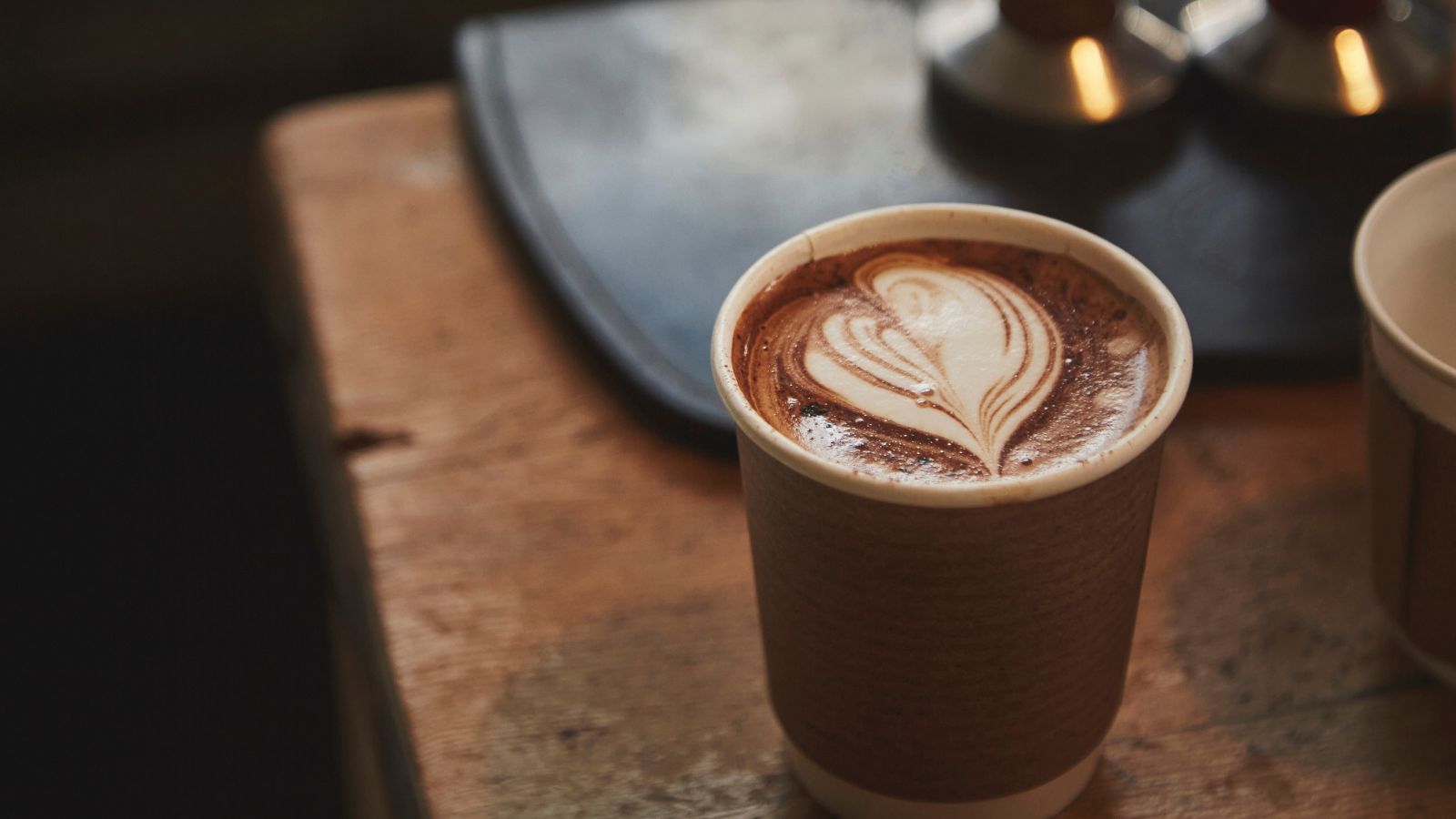
If you are a serious coffee enthusiast who values having a high-quality coffee experience at home, the Faemina could be for you. As long as you can adopt an Italian-style of coffee drinking, buy good quality beans, and hone your barista skills, you’ll love it.
If you’re unsure, then don’t waste money. For nine times the price of our best coffee maker, you don’t get coffee that is nine times better. You sacrifice a laid-back, hands-off coffee experience, too. It’s high quality and the finishes are very premium, but I can see that some people might be disappointed with this spend.
If you don’t buy the Faemina, at least take a lesson from them. If we are more attentive to the basics of our coffee, mostly with the beans and temperature, we can drink coffee the way that the Italians intended.
FAQs
How much should I spend on an espresso machine?
There's no fixed number for how much you should spend on an espresso machine. Personally, I wouldn't opt for one that's less than $500, since you tend to start compromising on build quality and durability (the AeroPress and portable espresso makers are exceptions here).
Lots of the best espresso machines sit around $1,000-$1,5000, but you can spend more money if you want a really technical, ultra-durable model. $6,500 is a lot to spend on a coffee machine, but the Faemina is incredibly well-built and it's also close to commercial. If that's the kind of demand that you have in your home, this is perfect for you.
What is the waste like on a Faema coffee machine?
Using grinds is a more environmentally friendly alternative to coffee pods. These grinds can go in the food waste, be used as compost.
Can I make tea in the Faema coffee maker?
There is a special setting for tea and you can adjust the temperature of the hot tap. If you like green tea, you can have much cooler water, giving a much nicer flavor.
Which coffee maker is the best alternative to Faema?
Our team of experts has tried and tested the best espresso machines on the market. If you like life's luxuries there are plenty of impressive models that don't cost as much as the Faemina. I love the De'Longhi La Specialista Maestro, which has auto-tamping, a cold brew setting, and some really impressive credentials. Alternatively, if you don't need all the bells and whistles, the Breville Bambino Plus is a really excellent pared-back model. It's only $500, so you'll be able to save a full $6,000 without compromising too much on flavors.
How we test
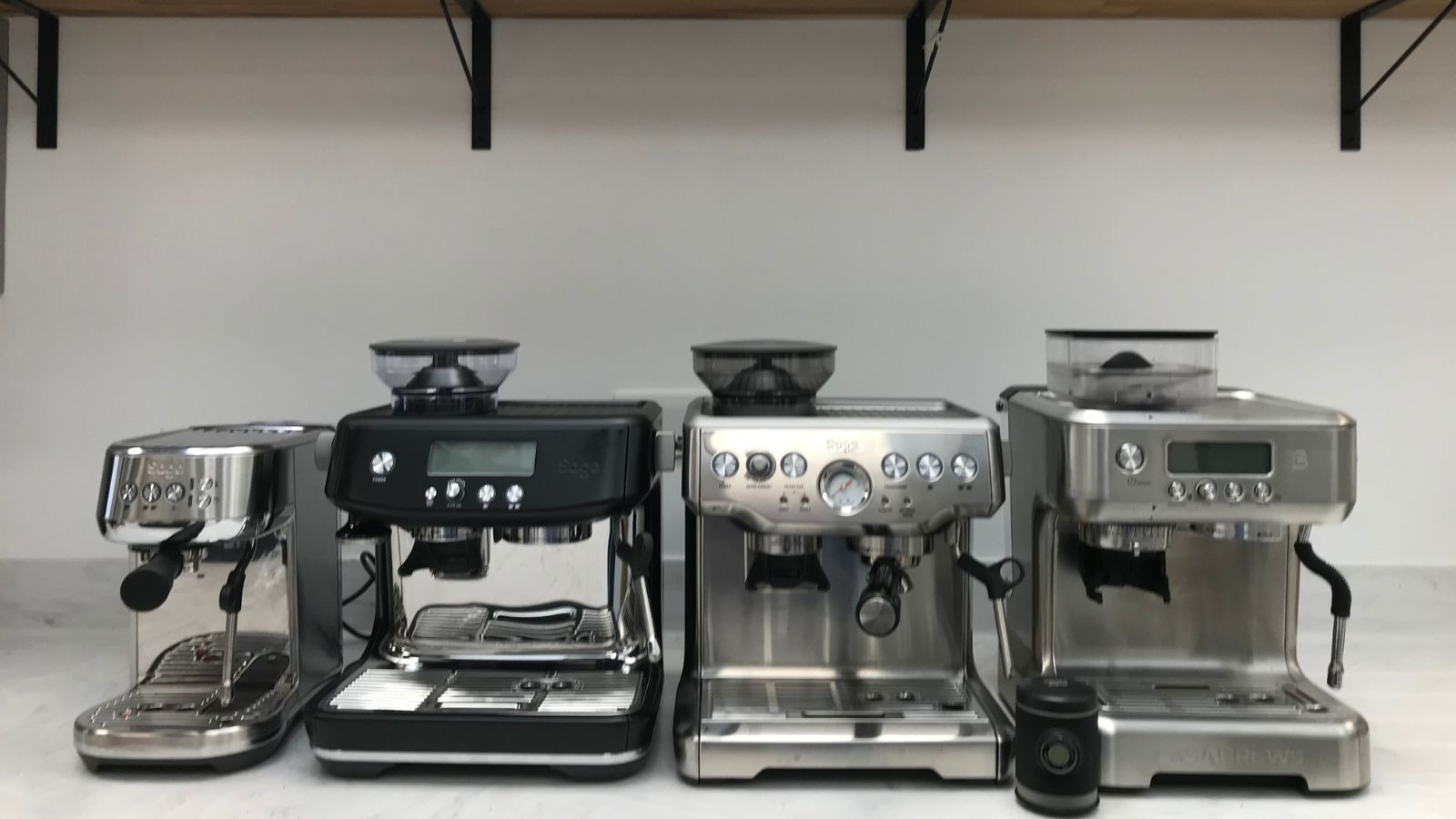
Before we feature any coffee makers on our site, we test them ourselves. Our team has tried a range of coffee makers from top brands to make sure they have a sense of the market.
Normally, we take our coffee makers to our test kitchen where we can put them through their paces like we would in our own home. We had to test the Faemina a little differently because it was only available at a coffee festival.
Laura spent an hour with the Faema team, making espressos, Americanos, and cappuccinos. She didn't have to do any of the setting-up or cleaning up, but she got a good amount of use from the Faemina. The team also showed her the app and told her more about the brand.
The models that we've compared this Faemina to are all tested following our normal process. If you want to find out more, you can read all about it on our dedicated page for how we test coffee makers.

Laura is our eCommerce editor. As a fully qualified barista, she's our expert in all things coffee and has tested over thirty of the best coffee makers on the market. She has also interviewed Q-Graders and world-leading experts in the coffee industry, so has an intimate knowledge of all things coffee. Before joining Homes & Gardens, she studied English at Oxford University. Whilst studying, she trained as a master perfumer and worked in the luxury fragrance industry for five years. Her collection of home fragrance is extensive and she's met and interviewed five of the world's finest perfumers (also known as 'noses'). As a result of this expansive fragrance knowledge, she always puts quality and style over quantity and fads. Laura looks for products which have been designed simply and with thoughtful finishes.
- Terri WilliamsContributing Editor